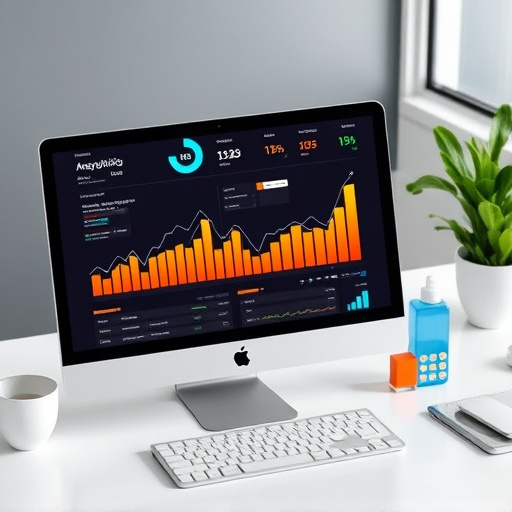Internal linking is a vital SEO content optimization strategy that connects relevant pages, improves search engine understanding of site hierarchy, boosts indexing, and enhances user navigation. Creating valuable content naturally attracts backlinks, while strategic anchor text signaling reinforces relevance and avoids keyword overload. Diversifying descriptive anchor texts improves user experience and strengthens local SEO strategies for cities like Dallas.
In today’s digital era, SEO content optimization is a game-changer. To excel in search engine rankings, understanding internal linking and its pivotal role in enhancing site navigation is crucial. This article guides you through the process of crafting compelling content that naturally invites links from within your website. We’ll explore effective strategies for utilizing anchor text to build strong internal links, thereby boosting SEO performance and user experience.
- Understanding Internal Linking for SEO
- Crafting Content That Naturally Links
- Utilizing Anchor Text Effectively
Understanding Internal Linking for SEO

Internal linking is a fundamental aspect of SEO content optimization that often goes overlooked. It involves creating strategic links between pages within your website to boost its overall search performance. By connecting relevant pages, internal links help search engines understand the hierarchy and context of your site’s content, leading to better indexing and higher rankings for key keywords. This strategy is especially crucial in promoting organic SEO services, ensuring that valuable traffic flows across your site naturally.
In a world where responsive web design has become the norm, optimizing for both aesthetic appeal and search engine visibility is essential. Internal links play a pivotal role in this by enabling users to navigate seamlessly while also allowing search algorithms to crawl and index pages more efficiently. When crafting internal linking strategies, consider using anchor text that accurately represents the linked page’s content, ensuring it aligns with your overall SEO goals, especially when offering Dallas-based SEO services.
Crafting Content That Naturally Links

Creating content that naturally links is a key aspect of effective SEO content optimization. When crafting articles, blog posts, or any piece of written material, it’s essential to focus on providing valuable insights and addressing relevant topics that resonate with your target audience. By offering comprehensive and engaging information, you encourage natural backlinks from other websites, which is a powerful signal to search engines. Incorporating internal links within your content strategically connects related pages, enhancing user experience and allowing them to discover more pertinent resources on your site.
Additionally, local SEO strategies can benefit from this approach. For instance, if you’re targeting the Dallas area with your content, crafting pieces that delve into local trends, events, or business directories will not only attract regional interest but also facilitate internal linking. Similarly, for SEO services in Miami or an SEO company in Broward County, creating location-specific content can strengthen local signals while ensuring a seamless user journey across relevant pages on your website.
Utilizing Anchor Text Effectively

Anchor text plays a pivotal role in SEO content optimization, serving as the clickable link that connects one page to another. When done effectively, it signals search engines about the relevance and context of the linked pages. For instance, if a website offers both SEO services Dallas and local business online marketing keyword research services, anchor text could be crafted along these lines: “Discover top-rated SEO services Dallas and boost your local business online marketing strategy.” This approach not only provides clear context but also avoids overusing keywords, which can trigger penalties from search engines.
To maximize the benefit of internal links, ensure that anchor text is diverse yet descriptive. Varying anchor text makes your link profile appear more natural to search engines. For example, instead of simply using “click here,” you could use phrases like “read more about our SEO services Dallas,” “explore local business online marketing tips,” or even “delve into our keyword research services.” This not only improves user experience but also reinforces the theme and hierarchy of your content, further enhancing your SEO content optimization efforts.
SEO content optimization isn’t just about crafting compelling copy; it’s about strategically building internal links that strengthen your site’s architecture. By understanding the power of internal linking, creating content that naturally invites connections, and utilizing anchor text effectively, you can enhance user experience while boosting your website’s search engine rankings. Remember, a well-optimized internal link structure is a cornerstone of successful SEO content strategies.














